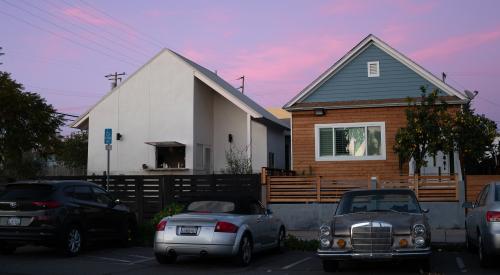High rents in places like New York City or San Francisco have been well documented. In cities such as these, it is not surprising to hear that someone spends 50 percent of their income on rent. However, this trend is becoming more commonplace every month, and by 2025, if rents continue to rise faster than pay, 15 million Americans could be spending half of their pay every month just to pay the rent, Bloomberg reports.
Take Nashville, for example. While known as being the heart of the country music scene, it is not often talked about in the same breath as New York or San Francisco in terms of affordability issues. But in the past three years alone home prices have increased 58 percent and 25 percent of renters living in the city spend at least 50 percent of their income on rent. More cities similar to Nashville, where this lack of affordability was never thought to reach, are popping up all over the country.
A possible solution to this, and one Nashville Mayor Megan Barry is attempting to enact in her city, is the addition of inclusionary zoning policies. This type of policy requires developers to build units reserved for residents that earn less than the median income for the area in order to obtain permission to build higher-density projects.
There are currently around 500 local jurisdictions with some type of inclusionary zoning policy in place, but due to increasing affordability issues, many are beginning to consider them for the first time.
Backed strongly by Portland officials, Oregon recently overturned its 17-year ban on inclusionary zoning and June will provide San Francisco voters with the opportunity to increase the share of affordable units that developers must include in market-rate construction from 12 percent to 25 percent. New York City has also increased its policy and Mayor Bill de Blasio is looking to make 30 percent of new units affordable to residents earning less than the median income of the area.
Not everyone is on board, however, as many local builders believe inclusionary zoning will depress land values by limiting income from new projects. Others argued that requiring a certain amount of units to be rented well below area median income will require additional subsidy from another source and will ultimately limit the volume of production that can be achieved.












